Vietnam Capital - A combination of ancient and modern features
The capital of a country is usually a political center that represents the culture, history and development of that country. And Hanoi - the Vietnam capital, a peaceful and poetic but also extremely developed city - a perfect combination of ancient and modern features.
In this article, let's explore with VietNam Local Guide about Hanoi - the Vietnam capital, an attractive destination for tourists from all over the world who want to discover the unique values that blend together. between East and West cultures. With more than 1,000 years of history, this city has been destroyed many times by war.
Although the vestiges of previous dynasties have now been eroded, Hanoi still has traces of its ancient past along with unique cultural heritage. Temples, palaces and old towns with Asian-style architecture combine with public buildings bearing European colonial architecture. All have created ancient features that create the special charm of this city.
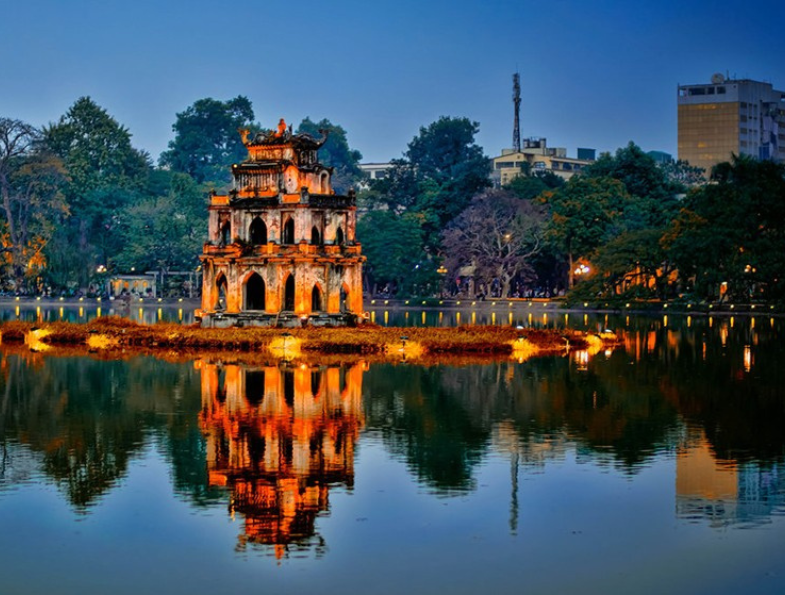
Hoan Kiem Lake under the lights
The Vietnam capital since ancient times, vestiges of the past
Hanoi first became the Vietnam capital when King Ly Cong Uan moved the capital from Hoa Lu to Dai La citadel in 1010 and renamed the place Thang Long. Legend has it that the name Thang Long was given by the king because when he set foot in this land, he saw a dragon flying into the sky, from there the name Thang Long also appeared. Thang means to fly up, Long means dragon.
Since then, Vietnam has grown increasingly prosperous compared to previous dynasties. The king's capital is vast. According to research, the palace at that time was nearly as large as the Forbidden City built four centuries later (if only the main palace is counted).
However, the capital Thang Long, after a period of prosperity, was destroyed by the wars of the Mongols or the Chinese Ming Dynasty army. After that period of time, Vietnam capital was once again gloriously rebuilt under the Le Dynasty (1428-1798). This was the dynasty that witnessed the greatest prosperity of Vietnamese feudal dynasties.
During the Le dynasty, or more precisely, under King Le Thanh Tong (1442-1497). He is considered "the most ancient emperor", the most talented king in Vietnam's feudal dynasties. Has raised the country's position from being on par with small countries in the region to being on par with other mid-range countries. With his campaigns of conquest, reform, and economic, cultural, and social promotion. Vietnam or Dai Viet at that time had real power in the East-Southeast Asia region only after the Ming Dynasty of China.
The Vietnam capital - Thang Long Citadel was glorious until the end of the Le Dynasty - around 1798. King Le at that time had long become a puppet, oppressed by Lord Trinh like the regulations of the Japanese Macfu period. Copy. Then the uprisings broke out, and the king had to ask for help from the Qing army (the next Chinese dynasty following the Ming Dynasty). However, the cloth-clad hero Quang Trung - Nguyen Hue stood up and chased away more than 200,000 Qing invaders. King Le at that time was forced to flee to China.
The king's palace and Lord Trinh's palace were burned by King Le at that time. The last ruins were then dismantled by Vietnam's last feudal dynasty, the Nguyen Dynasty, and moved to Hue capital to build a new palace. The name Thang Long was officially changed to Hanoi.
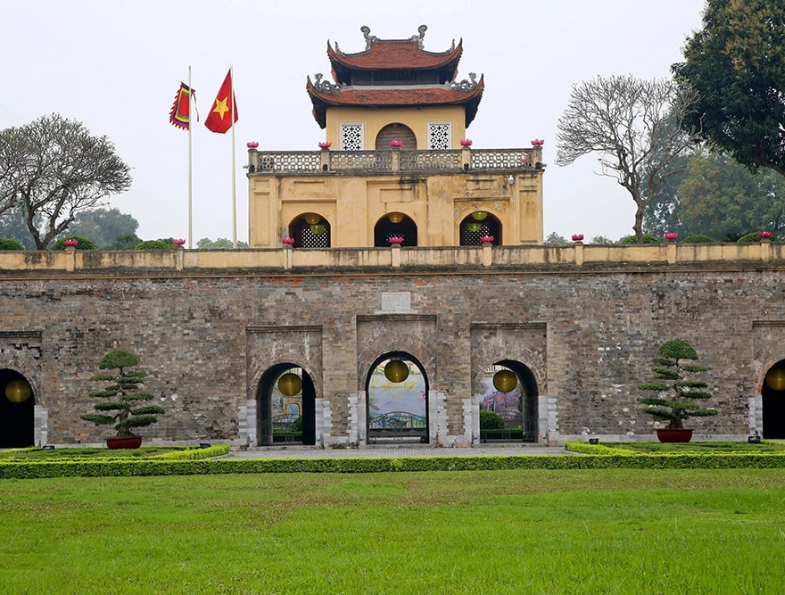
Vietnam capital during the reform period
The Nguyen Dynasty in the second half of the 19th century became a puppet of the French and it was not until 1945, when President Ho Chi Minh read the declaration of independence, establishing the Democratic Republic of Vietnam. Vietnam's feudalism has officially ended. The Vietnam capital was then moved from Hue to Hanoi.
In the following days, Hanoi fought with the whole country against the hands of the French and fascist Japan. After 1954, Hanoi again became the headquarters of the resistance, the rear providing human strength and material for the National Liberation Front of South Vietnam to fight against the US Empire and the Vietnamese puppet government. Republic.
Finally, the Paris Agreement was signed in 1975, South Vietnam was liberated and the two regions were unified. The country of Vietnam was officially named the Socialist Republic of Vietnam, with the Vietnam capital being Hanoi from then until now.
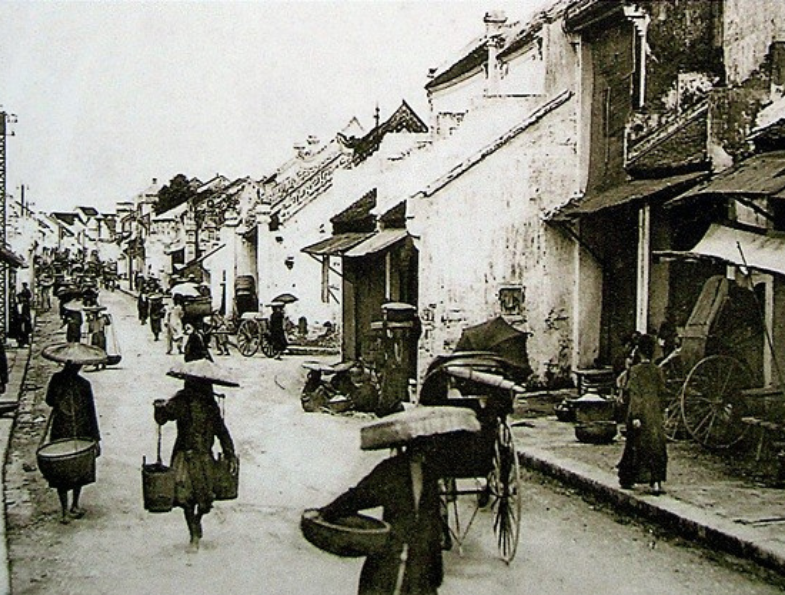
Remnants from the past remain
One of the remaining ruins of the Vietnam capital that has become a famous cultural symbol of Hanoi is Hoan Kiem Lake, a large lake located in the center of the city. With The Huc Bridge and Ngoc Son Temple on Hoan Kiem Island, Hoan Kiem Lake offers a poetic scene and a place where you can find peace amidst the noise of the city.
The name Hoan Kiem Lake was given when King Le Loi, during his fight against the Ming invaders, was given a precious sword by the turtle god under the lake. Later, after successfully repelling the enemy, while the king was sailing on the lake, the turtle god came up to ask for the sword, so the king pulled out the sword to return it to the god. From there, the name Guom Lake or Hoan Kiem Lake was born.
Not only that, coming to the Vietnam capital, you can also see the Imperial Citadel of Thang Long, these are the remaining ruins of the former capital, containing the splendor of the leading Vietnamese dynasties. South in history.
Next is Dong Da Mound, where King Quang Trung massacred and buried the Qing army. According to tradition, every January 5 of the lunar calendar, Hanoi people organize a festival to commemorate this great victory.
In addition, there are many other historical and spiritual works of the Vietnamese people that you should not miss when coming to Hanoi - the Vietnam capital.
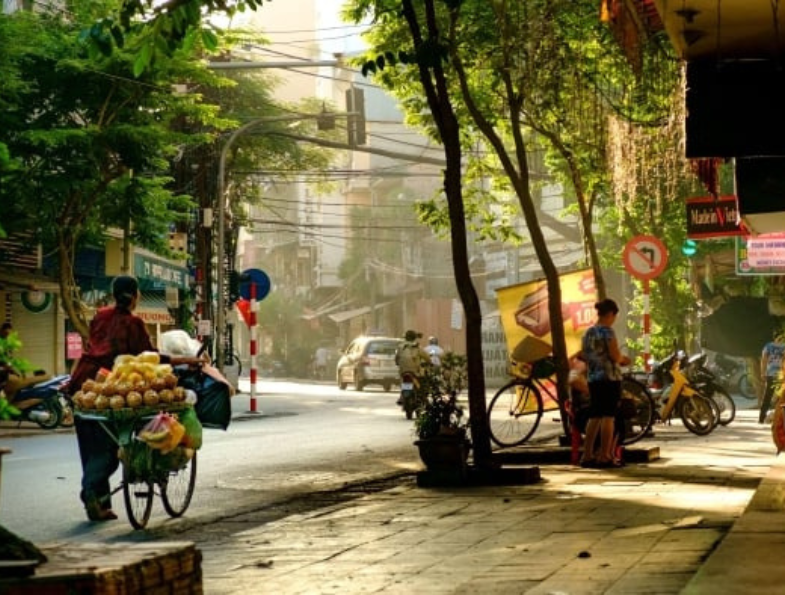
Modern features interwoven in traditional space
However, Vietnam capital city is not only beautiful with ancient heritage but also has development and modernity. Ba Dinh District is where the Ho Chi Minh Mausoleum relic site is located, the area where the remains of the great leader of Vietnam are kept. This is also where the National Assembly and many government buildings are located, creating a modern and solemn space.
The Vietnam capital is also famous for its prosperous neighborhoods and bustling streets. This is clearly shown in Hanoi's Old Quarter, where there are traditional wooden houses and lovely small streets bearing the appearance of Indochina culture (French colonial period). At the same time, the city also has modern shopping centers, luxury restaurants and vibrant entertainment areas. Hanoi is truly a perfect combination of ancient and modern features.
Not only in terms of architecture, the Vietnam capital is also the intersection of many cultures and arts. Various exhibitions, fairs and art events take place regularly in this city. Visitors can enjoy traditional music, dance, and comedy performances, as well as explore diverse museums and art galleries. Hanoi is also home to many leading universities and research institutes, attracting young talents and international cultural exchanges.
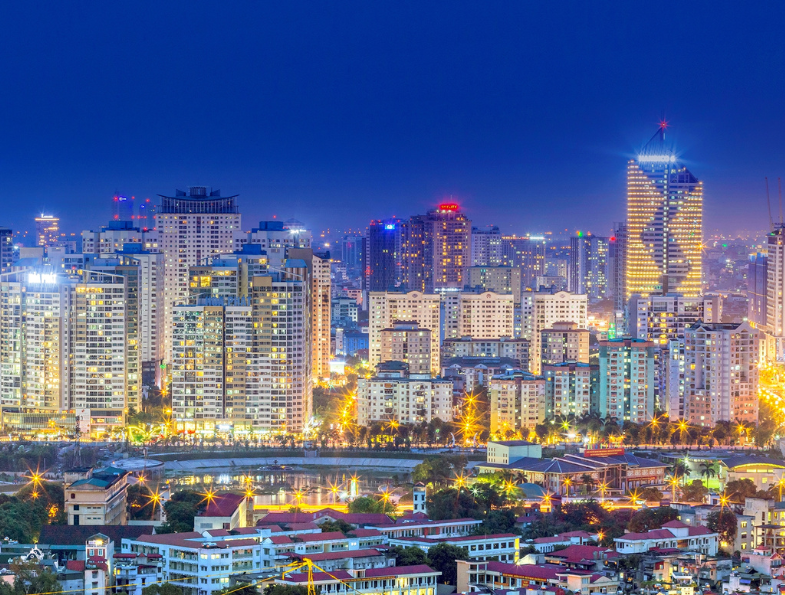
Conclude
In addition, Hanoi also has a diverse and wonderful cuisine. Visitors can enjoy delicious street food such as pho, bun cha, fried spring rolls, or enjoy traditional dishes at famous restaurants. At the same time, the city also has international cafes, bars and restaurants that cater to all culinary tastes.
The combination of ancient and modern features is also reflected in the lifestyle of the people of the Vietnam capital. Even though they live in a large and developed city, people still maintain traditional values and respect the culture of their homeland. They promote harmony and solidarity in the community, creating a cozy and friendly living space.
See more
-
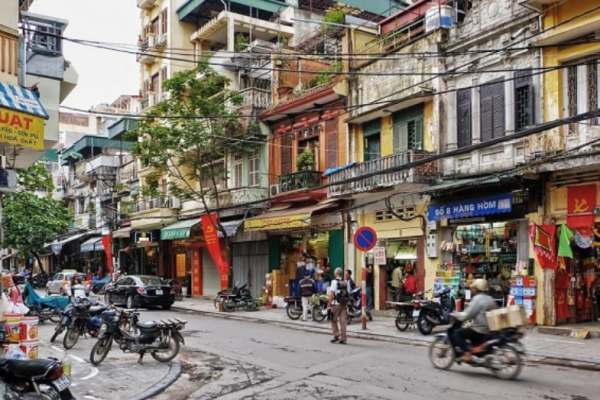
Hanoi Old Quarter: What keeps tourists coming?
Hanoi Old Quarter , is one of the most attractive destinations to explore and experience the traditional culture of the capital Hanoi, Vietnam. With more than 1,000 years of history, this...
-
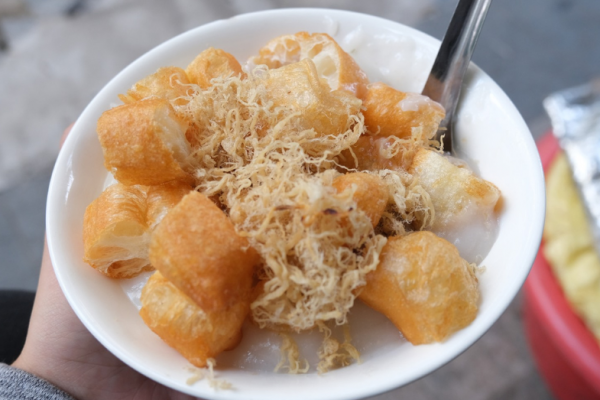
Hanoi food: Unique dishes that you should try when coming to Hanoi
Referring to Hanoi food , or more broadly, dishes in Vietnam. Foreign tourists will immediately enjoy dishes like Pho, Banh Mi, Egg Coffee, etc. These dishes seem to have become trademarks and no...
-
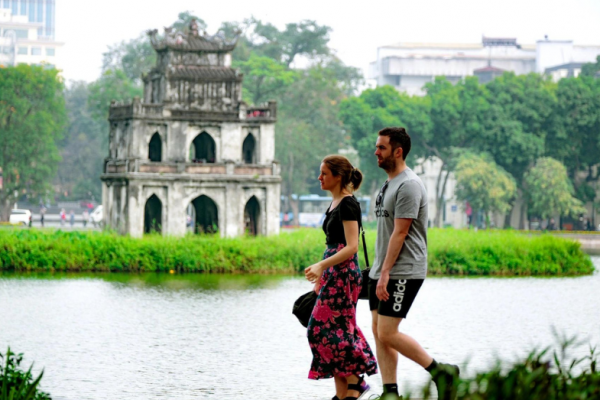
Hanoi attraction: Activities that attract tourists in Hanoi
Hanoi, the capital of Vietnam, is an attractive destination with rich historical culture, beautiful landscapes, and friendly people. Below are some activities in Hanoi attraction tourists when...
-

Ha Noi: The most romantic city in Vietnam
Referring to the most romantic cities. Surely many people often think of Venice in Italy or Paris in France. However, in Southeast Asia there is also an extremely romantic city that has captivated...
-

10 Vietnam beaches that you should visit once
With more than 3,200 km of coastline, it is no surprise that Vietnam possesses many beautiful beaches and many small bays with smooth white sand and clear blue sea water. These are ideal...